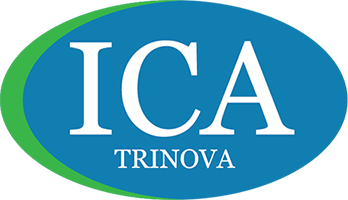1 Beavers St.
Newnan, GA 30263
Cl02 Residue Data on Salami
When ready-to-eat salami was treated in a closed system with 36Cl-labeled ClO2 (5.5 mg/100 g of salami), essentially all radioactivity was deposited onto the salami. Administered 36ClO2 was converted to 36Cl-chloride ion (>97%), trace levels of chlorate (<2%), and detectable levels of chlorite. In residue studies conducted with nonlabeled ClO2, sodium perchlorate residues (LOQ, 4 ng/g) were not formed when reactions were protected from light. Sodium chlorate residues were present in control (39.2 ± 4.8 ng/g) and chlorine dioxide treated (128 ± 31.2 ng/g) salami. If sanitation occurred under conditions of illumination, detectable levels (3.7 ± 1.5 ng/g) of perchlorate were formed along with greater quantities of sodium chlorate (183.6 ± 75.4 ng/g). Collectively, these data suggest that ClO2 is chemically reduced by salami and that slow-release formulations might be appropriate for applications involving the sanitation of ready-to-eat meat products.

